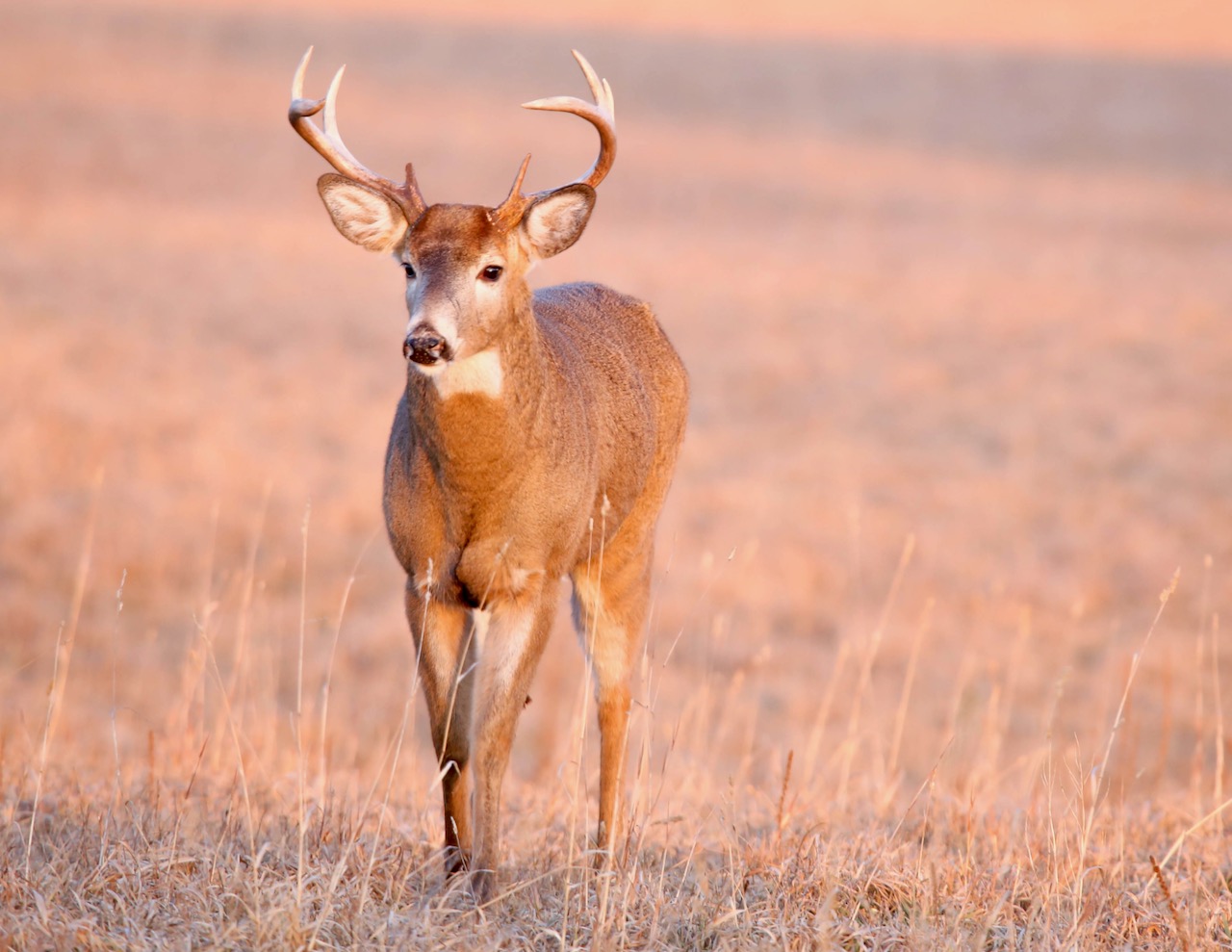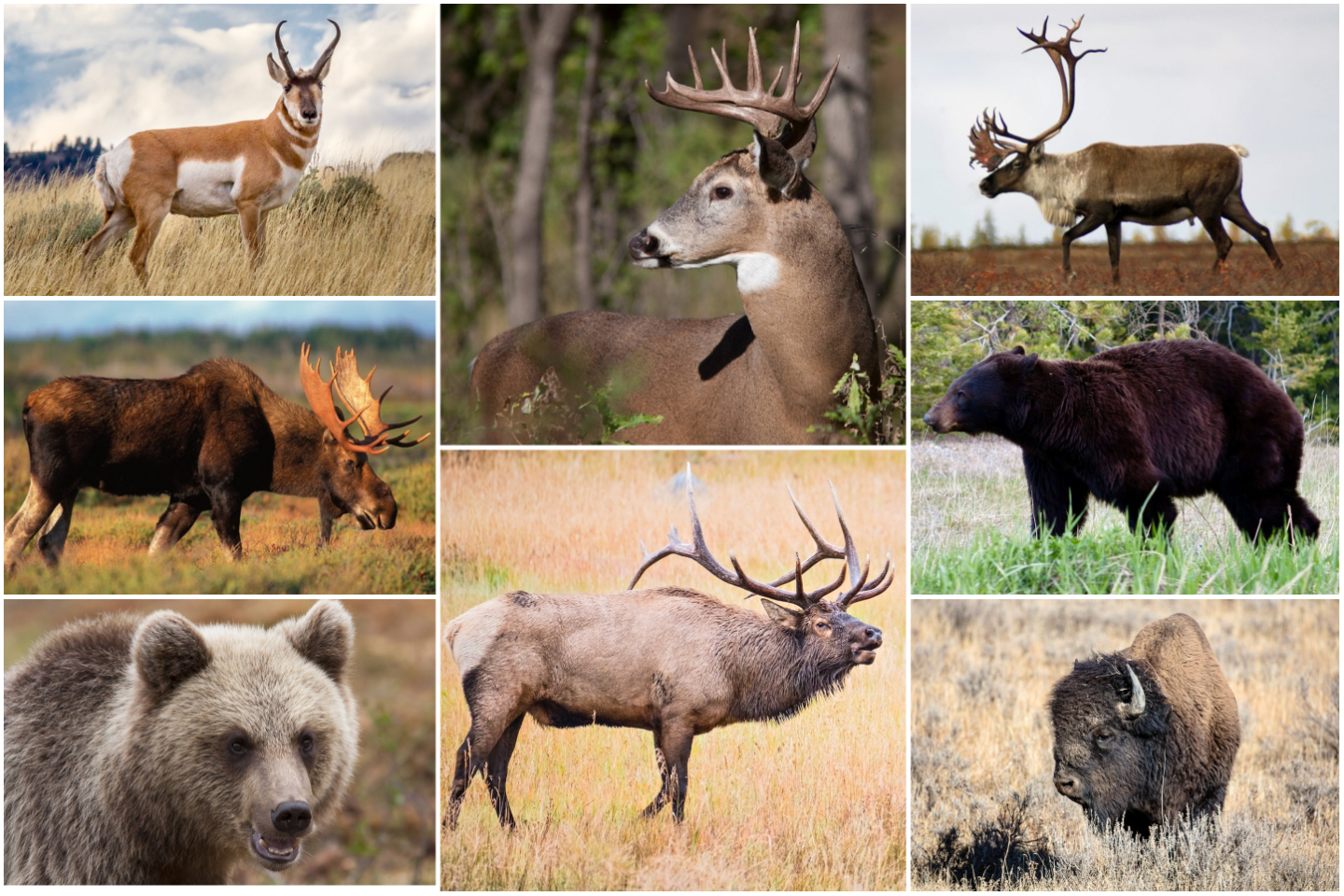THE HUNTS AHEAD
Our exclusive annual province-by-province breakdown of Canada’s hottest big-game hunting spots
Advertisement

ONTARIO
In southern Ontario, this past winter’s snow accumulation was about average, but with winter late to arrive and early to leave, the period of snow coverage was relatively short. That was not the case in the Northern region. The northeast saw a normal winter in terms of snow, cold and duration, while the significant winter in the northwest lingered well into spring. Bears in their winter dens do not notice the weather, and moose typically are up to the challenge, but that kind of winter can be hard on deer.
A heads up for all hunters with a licence to hunt Ontario’s elk, deer, black bears, moose, turkeys and wolves/coyotes: starting this year, failure to complete a mandatory hunter report will result in a $25 surcharge on your next licence purchase. And if you fail to report after two seasons, you won’t be able to purchase a licence for the following year.
Advertisement
BLACK BEARS
Overall, Ontario’s black bear populations are considered stable, although the numbers appear to be trending down in some wildlife management units (WMUs) with good road access. Bear hunting became more popular with resident hunters during the pandemic, with record numbers heading afield in 2020 and 2021. Prior to the pandemic, non-residents accounted for almost half of the bear harvest; with the lifting of restrictions, non-resident hunters could again become a factor in the coming seasons.
ELK
Advertisement
In 1998 and 2001, a total of 443 elk were released at several sites in the province. The Bancroft-North Hastings herd is currently the only population open for recreational hunting, although recent surveys found the numbers to be well below management objectives. Hunter interest remains high for the few available licences.
MOOSE
While found throughout much of Ontario, moose are far more abundant in the Northern region, where the harvest increased by approximately 20 per cent last year. The Southeastern region’s portion of the provincial harvest was roughly 13 per cent. Overall, the year-over-year increase in the provincial harvest was about 350 animals. As it stands, moose numbers are below management targets in many of the WMUs with the best access, so hunters should plan to head a bit further afield for the best chance of success.
WHITE-TAILED DEER
The whitetail harvest was similar in both 2020 and 2021, at approximately 52,000 animals. Around 80 per cent of that harvest came from the southern regions, with the remainder spread across the Northern region. In many areas of the southern regions, especially beyond the Canadian Shield in the east and southwest, the deer are generally more abundant than elsewhere. However, hunting opportunities in those areas often depend on access to private land.

